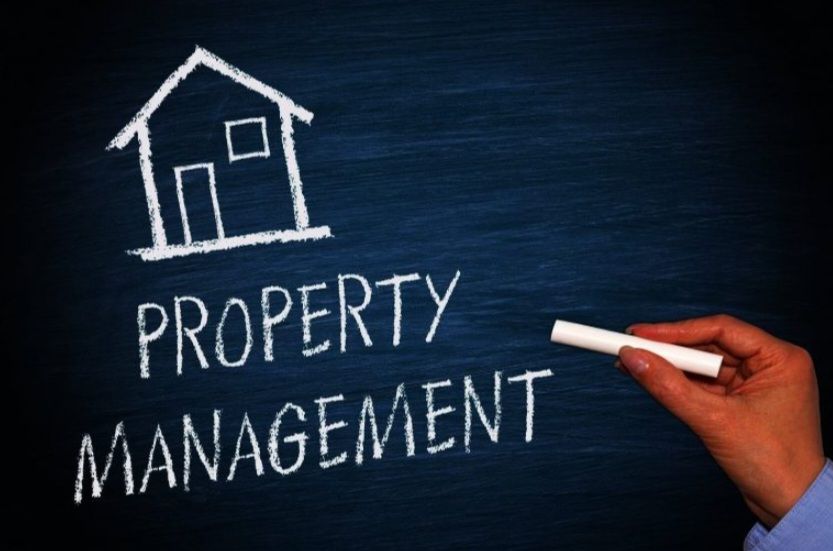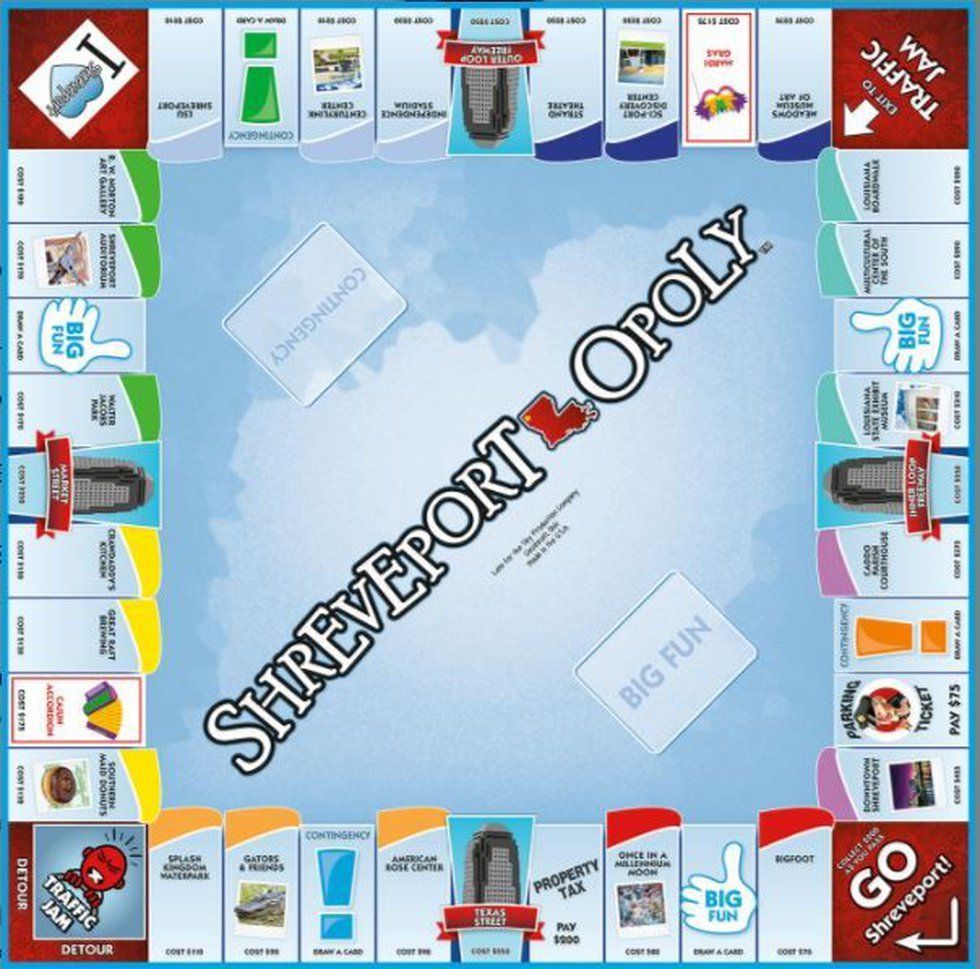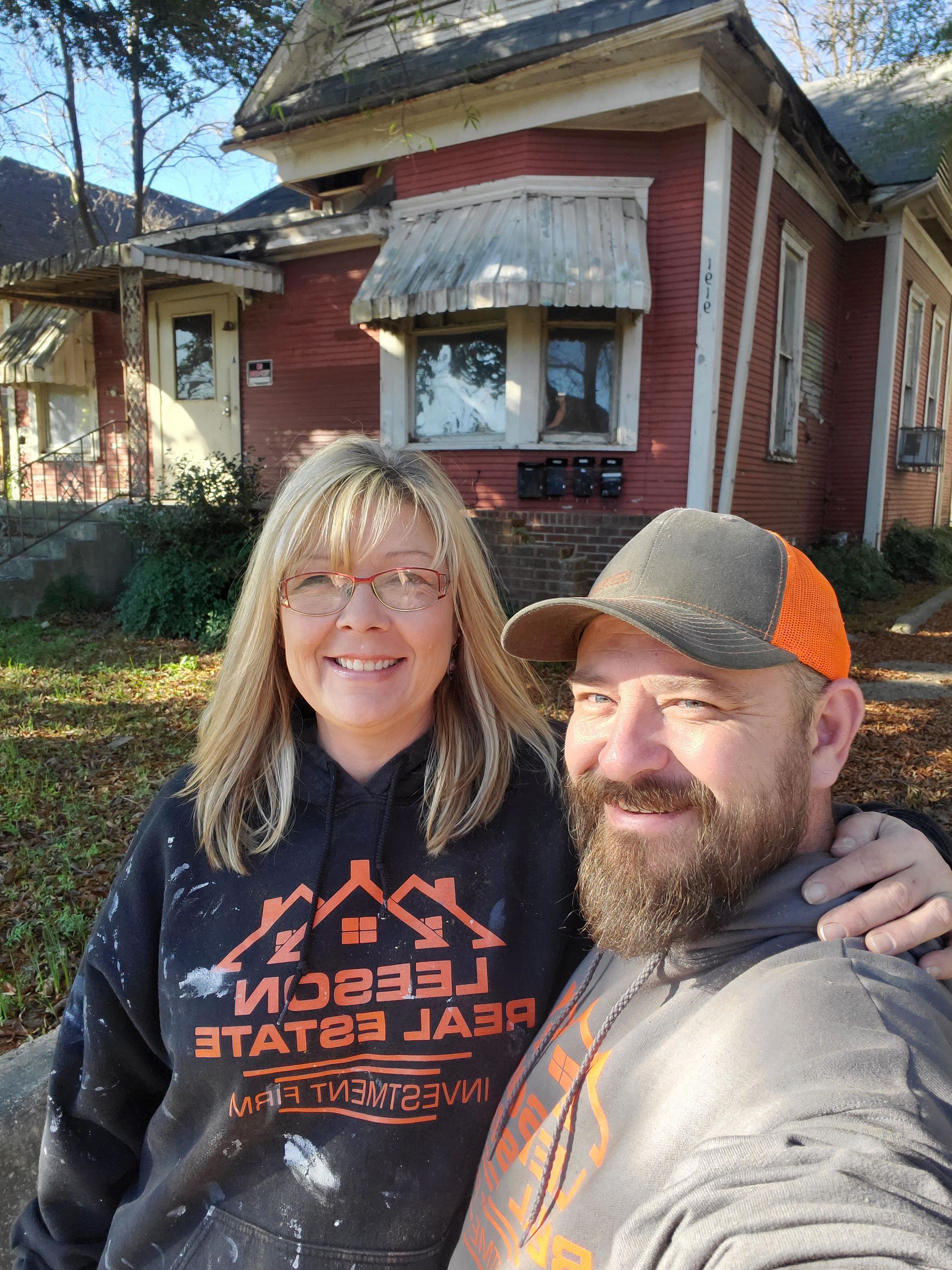Where do we go from here?
What a city can do to lower its murder rate

There are several strategies that a city can implement to lower its murder rate, including:
Increasing police presence: Having more police officers on the streets can act as a deterrent to potential offenders and can help to respond quickly to incidents.
Community policing: Building relationships between police and community members can help to increase trust and cooperation between the two groups, which can lead to more effective crime prevention efforts.
Targeted enforcement: Focusing law enforcement efforts on specific areas or individuals known to be involved in violent crime can help to disrupt criminal activity.
Gun control measures: Implementing policies such as background checks for gun purchases and restrictions on high-capacity magazines and assault weapons can help to reduce the number of firearms in circulation and limit their availability to those who are most likely to use them for violence.
Economic development: Investing in economic development initiatives that provide job opportunities and stable housing can help to reduce poverty and other factors that contribute to violent crime.
Social programs: Providing access to mental health services, substance abuse treatment, and other social programs can help to address the root causes of crime and prevent individuals from turning to violence.
Community engagement: Encouraging community members to report suspicious activity and work collaboratively with law enforcement can help to create a safer environment for everyone.
Overall, lowering a city's murder rate requires a multi-faceted approach that involves collaboration between law enforcement, community members, and other stakeholders to address the underlying causes of violent crime and implement effective prevention strategies.
Good leadership at the city level is extremely important as it sets the tone for the entire community. The mayor and city council members are responsible for making decisions that affect the daily lives of residents, including public safety, infrastructure, education, and economic development.
Effective leaders prioritize the needs of the community and work to create an inclusive and equitable environment for all residents. They are transparent in their decision-making process, engage with the community to understand their needs and concerns, and work collaboratively with other leaders and stakeholders to achieve their goals.
On the other hand, poor leadership can lead to a lack of trust and confidence in government institutions, a failure to address critical issues, and a decline in the overall quality of life for residents. It can also lead to wasteful spending, corruption, and a lack of accountability.
Therefore, it is essential to have leaders who are committed to serving the best interests of the community and have the skills and experience necessary to navigate the complex challenges facing cities today. Good leadership can help to create a vibrant and prosperous city where all residents can thrive.












